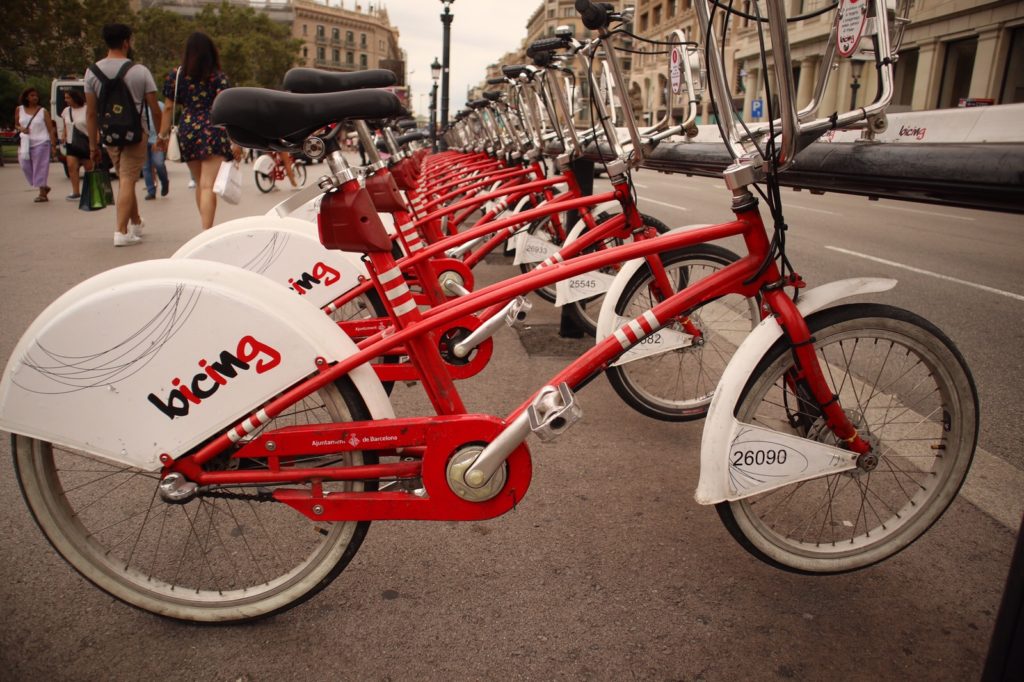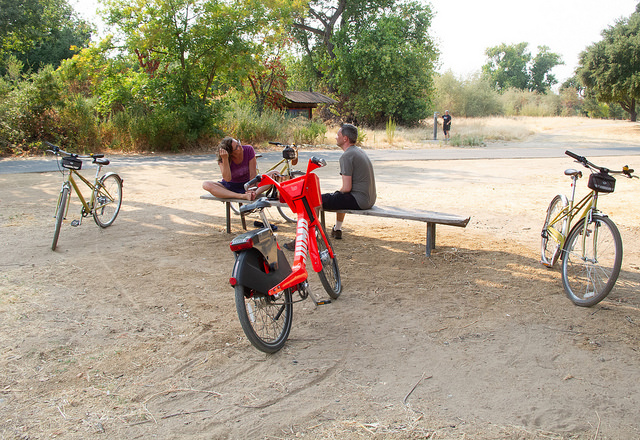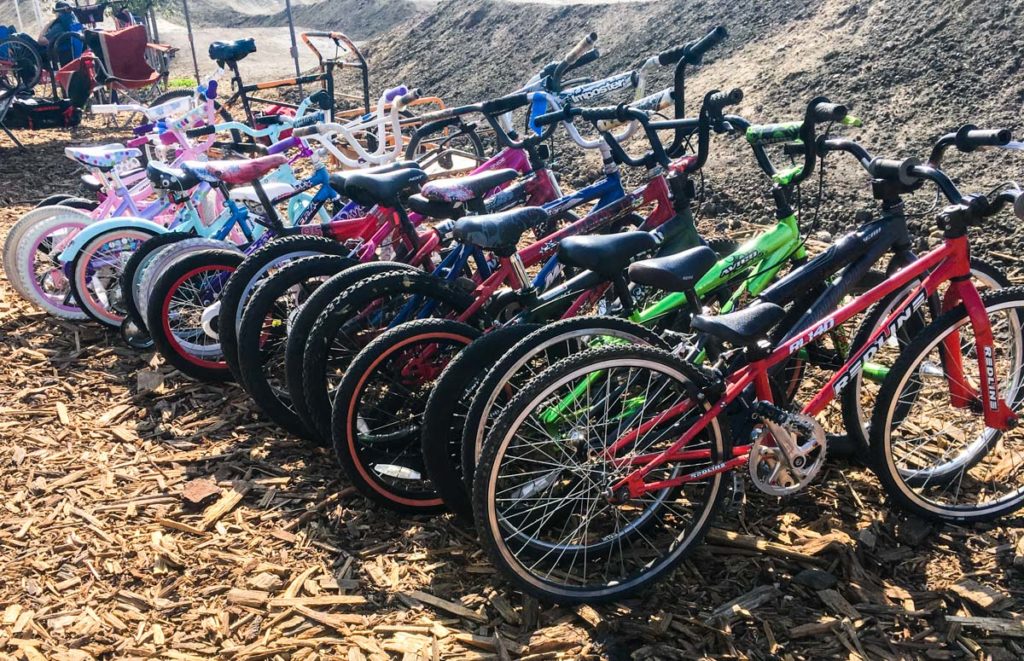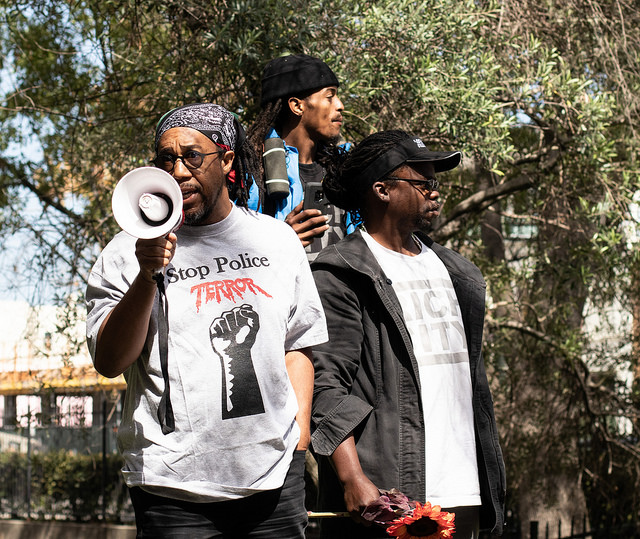Southern European biking
One of Adonia Lugo’s criticisms of the U.S. bike advocacy movement is its focus on Northern European solutions, and implicitly, Northern European thinking and values. I happen to be traveling in southern Europe right now, where biking has a much different social meaning.
Our first stop was in Barcelona, a city which urbanists love to talk about. One thing urbanists don’t tend to mention is that cycling rates are fairly low; about 2% mode share, despite years of investment in infrastructure.






